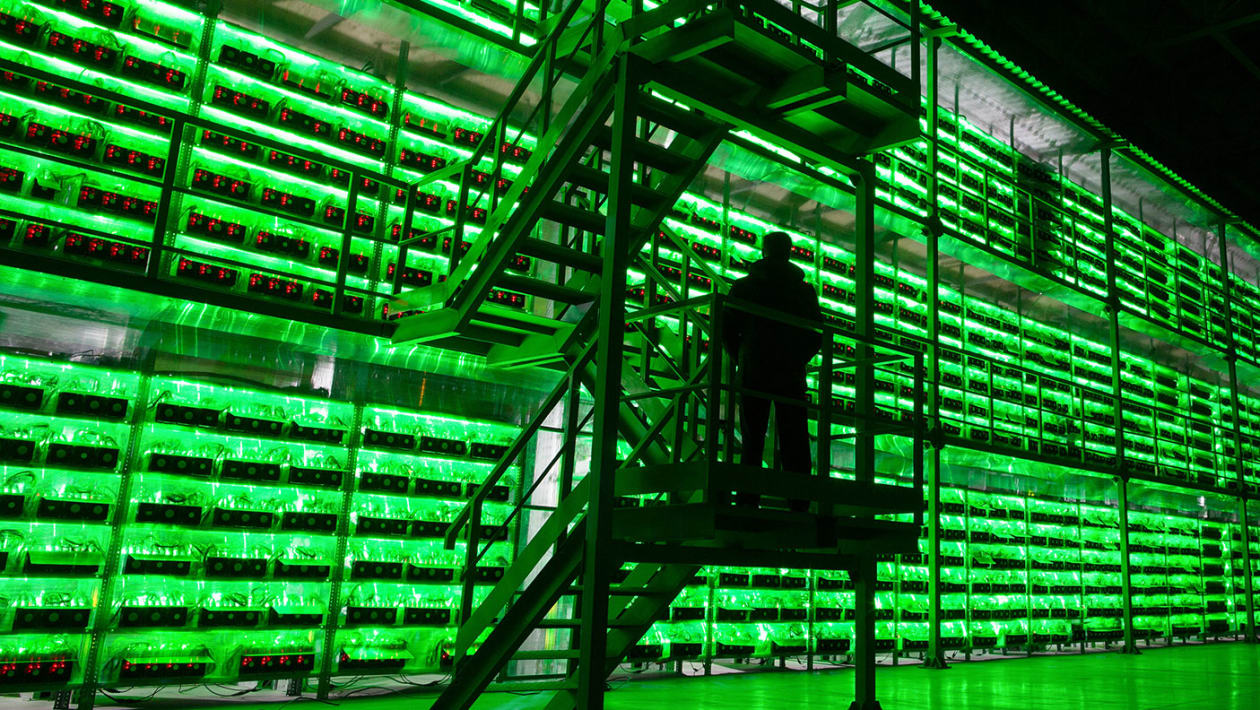The principles of Bitcoin mining are not unlike those in traditional finance, such as the complexities of investing and lending. However, platforms have a robust algorithm that performs the research for bitcoin traders and makes trading easy. Also, it has helped many beginners to get started with bitcoin trading. On the contrary, the cryptocurrency is up 545% in 2022, and it’s easy to see why- mining supplies a new incentive for people to commit resources to the blockchain. If you are looking for a simple and hassle-free trading platform, you may visit the Bitcoin Circuit ™ – Official & UPDATED Website (2022)
It could be a key area for the next wave of disruptive technologies, but there are already concerns that Bitcoin is a more energy-expensive currency than fiat currencies. While the annual electricity consumption of bitcoin mining is still relatively low compared to other countries’ electricity consumption, it is worth examining how that money people can spend in other countries by building infrastructures and looking at how much energy went into making these new Bitcoins. In addition, because it is an entirely new industry, there is a lot of room for everyone to pitch in and innovate.
Mining has often been compared to other industries, such as gold mining or oil drilling – when you invest time, money, and resources into digging for gold or extracting oil, you will have more gold or oil. But what if the commodity of choice is energy, which we don’t have a shortage of? Imagine that you’re a new Bitcoin miner. You want to start mining, but your investment could be costly.
Why is bitcoin mining so energy intensive?
There are two fundamental processes involved in highly energy-intensive bitcoin mining. The first is the process of generating new bitcoins. While only 21 million bitcoins will ever exist, all subsequent bitcoin creation is possible by a process called “mining,” which uses a set of complex algorithms to solve so the miner can get a reward for the effort. Of course, the size of this reward decreases over time, but currently, blocks are mined every ten minutes.
While there is no perfect way to discover these problems, miners could use trial and error or simulated annealing to find a solution that works – this takes significantly more GPU performance than pure brute force (using many CPUs) and can take several months before finding one.
Bitcoin miners use ASICs and GPUs:
ASICs are the most efficient hardware for cracking the bitcoin code because they have manufacturers specifically designed to mine bitcoins. However, since only a very few of these devices companies can manufacture and deploy worldwide, this limits the number of coins miners can mine at any time.
The bitcoin code prevents ASICs from being used together to mine more than one block, so there is a practical upper limit on how many coins miners can mine (21 million). On average, it takes an ASIC to mine a single bitcoin every 10 minutes. For ASICs, it is better to use GPUs because they require less power and rack up more powerful hashes than an ASIC while consuming less electricity. On the other hand, ASICs are exceedingly energy intensive.
Bitcoin mining is a computationally intensive exercise, and as a result, it requires massive amounts of electricity to be conducted by high-performance computers. As more miners take after this, the computation power and difficulty increase. It makes it harder for miners to find solutions, but because there are so many competing miners, their investments will likely pay off in the long run.
Is bitcoin mining not profitable without ASICs?
Most of the investment for current bitcoin mining operations comes from the capital cost of GPU-based systems. As mentioned before, these are costly and cost a significant amount of money to build. In addition, the scaling difficulty integral to mining cryptocurrencies is also an energy-intensive process. However, it still needs to be more profitable than using its GPU counterparts because ASICs are substantially more energy-efficient than GPUs.
Miners can increase their bitcoin rewards without investing in expensive ASICS by upgrading their existing GPUs and reaping the profits from those efforts beyond what they would have earned by investing in ASICs. However, in bitcoin mining, ASICs have single-handedly dominated the entire space and have made GPU mining utterly non-profitable.
Green bitcoin mining:
It is becoming increasingly common for miners to invest in solar power instead of using energy-heavy and expensive electricity. It can also be beneficial to bitcoin mining because, as we know, high energy consumption tends to lead to more significant pollution concerns. On the flip side, using solar-powered bitcoin mining systems could be a great idea because it is cleaner than non-sustainable electricity generation.
Mining bitcoins with solar power makes a lot of sense. Solar energy is becoming increasingly accessible, and with it comes continuous innovation that improves efficiency. The more efficient these solar power panels become, the cheaper they will be to maintain, which will keep the cost of bitcoin low overall.
For example, there have been developments in this area within the last few years – companies are working on developing new types of solar cells that could have a use case to make mining rigs (or individual mining devices) that use much less energy to operate than current setups while still generating the same amount of Bitcoins.





